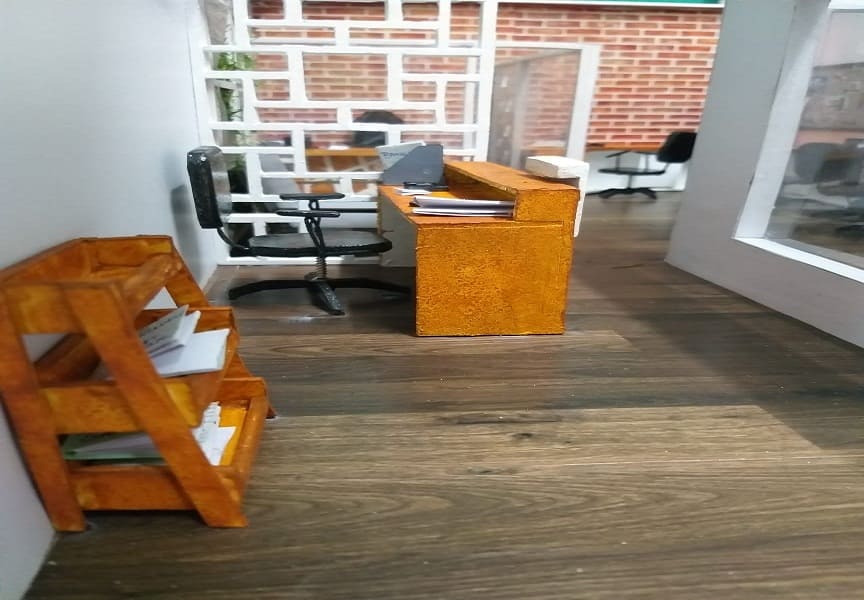PRINCIPALS OF DESIGN
The principles of design are essential guidelines for designers to combine various design elements. Though designers may not consciously think of these principles, they serve as a framework for analyzing design problems in terms of proportions, balance, repetition, emphasis, and harmony. The ultimate goal is to create harmony, and the first four principles work together to achieve it. These principles are flexible and are interpreted within the context of current fashion trends. Some coaching are providing the best fashion design courses in Jaipur.
Proportion
Proportion is the pleasing relationship of the size of all parts of a garment. When designing a style, designers must consider how the silhouette will be divided with lines of construction or detail. These lines create new spaces that must relate in a pleasing way. The height and width of all parts of a design must be compared. Individual sections of a garment, such as sleeves, pockets, and collars, must all relate in size to each other, as well as to the overall silhouette. The spacing of trimmings, pleats, and tucks must also have meaning in relation to the entire design. The designer continually experiments with subtle variations in proportions, and concepts of proportion vary with each new fashion direction, changing with the evolution in silhouette and line.
Balance
Balance is achieved when a garment looks stable and not lopsided. The term "balance" is most often used in reference to horizontal relationships or the relationships of one side of the garment to the other. If the design composition is the same on both sides of a line down the center of a garment, then the design is considered bisymmetrical or formally balanced, following the natural symmetry of the body. Symmetrical garments give a conservative feeling and are achieved easily. Even slight deviations with mirror details, such as pockets, when not exactly alike on both sides, are considered approximate symmetry. To achieve a more exciting and dramatic effect, asymmetrical or informal balance can be used. Asymmetrical designs require separate pattern shapes for the right and left sides that cannot be reversed when cutting due to the design and technical skill required. Fewer asymmetrical than symmetrical garments are produced.
Repetition
Repetition is necessary to create interest in a design. A sense of movement or rhythm is essential to achieve this interest. Interesting rhythm can be achieved by the repetition of lines, shapes, and colors to give direction. Uniform rhythm is the regular repetition of equal space divisions, such as even spacing of pleats or stripes in fabric. It may be so soothing that it becomes monotonous. The rhythm becomes more interesting if the repeated lines or shapes are alternated or broken. Chequered rhythm also involves repetition of colors, lines, shapes, or detail but not in a regular order. It is one of the most interesting ways to create movement. Progression or graduation is the gradual increasing or decreasing of space divisions, sometimes seen in the spacing of turns. A focal point is often created as the spaces come closer and closer.
Emphasis draws attention to a particular part of a design. This part becomes the focal point of the garment. Emphasis can be achieved by using color, line, shape, texture, or ornamentation. The designer must decide on the focal point of the garment and then decide how to draw attention to it. Subordinate or secondary emphasis is used to support and complement the focal point. Emphasis must be used carefully, as too much can overwhelm the design. Heights Jaipur is a leading fashion design institute in Jaipur that offers comprehensive courses for students interested in pursuing a career in the fashion industry. Join us today to turn your creative passion into a successful profession.
Harmony is the ultimate goal of design. It is achieved when all of the design elements work together in a pleasing way. Harmony is achieved by using proportion, balance, repetition, and emphasis to create a cohesive and unified design. The designer must be aware of the relationships between all of the design elements and how they affect each other. Harmony can be achieved through the use of color, texture, shape, line, and ornamentation.
conclusion
The principles of design are crucial for designers to create harmonious and visually appealing designs. They are flexible, always interpreted within the context of current fashion, and require imagination, experimentation, and sensitivity to achieve the desired effect. By following these principles, designers can create designs that are not only visually stunning but also functional and practical. Heights Jaipur is a leading fashion design institute in jaipur that offers comprehensive courses for students interested in pursuing a career in fashion design. With experienced faculty, industry-relevant curriculum, and modern facilities, we provide our students with the best possible education and training. For more Information Visit Our Website.






































.jpeg)

.jpeg)




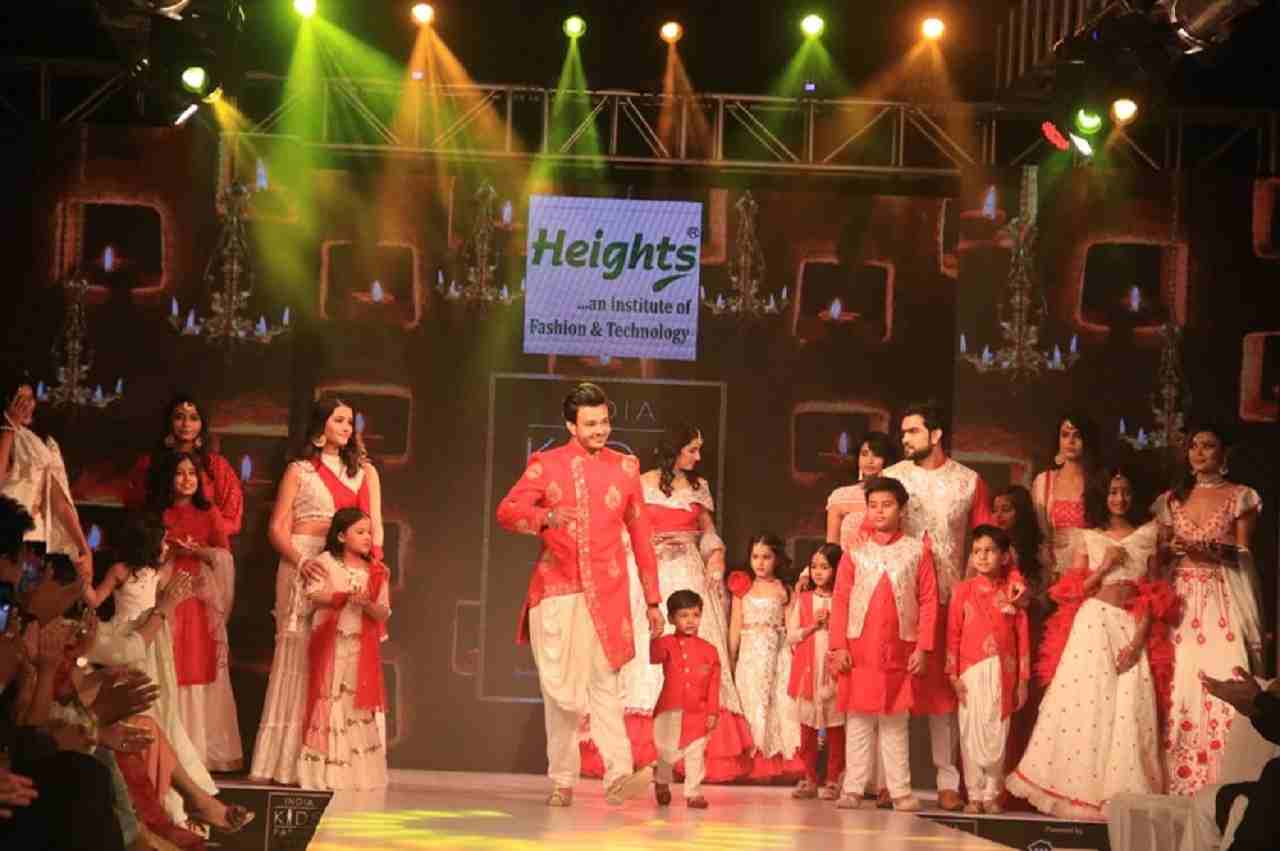
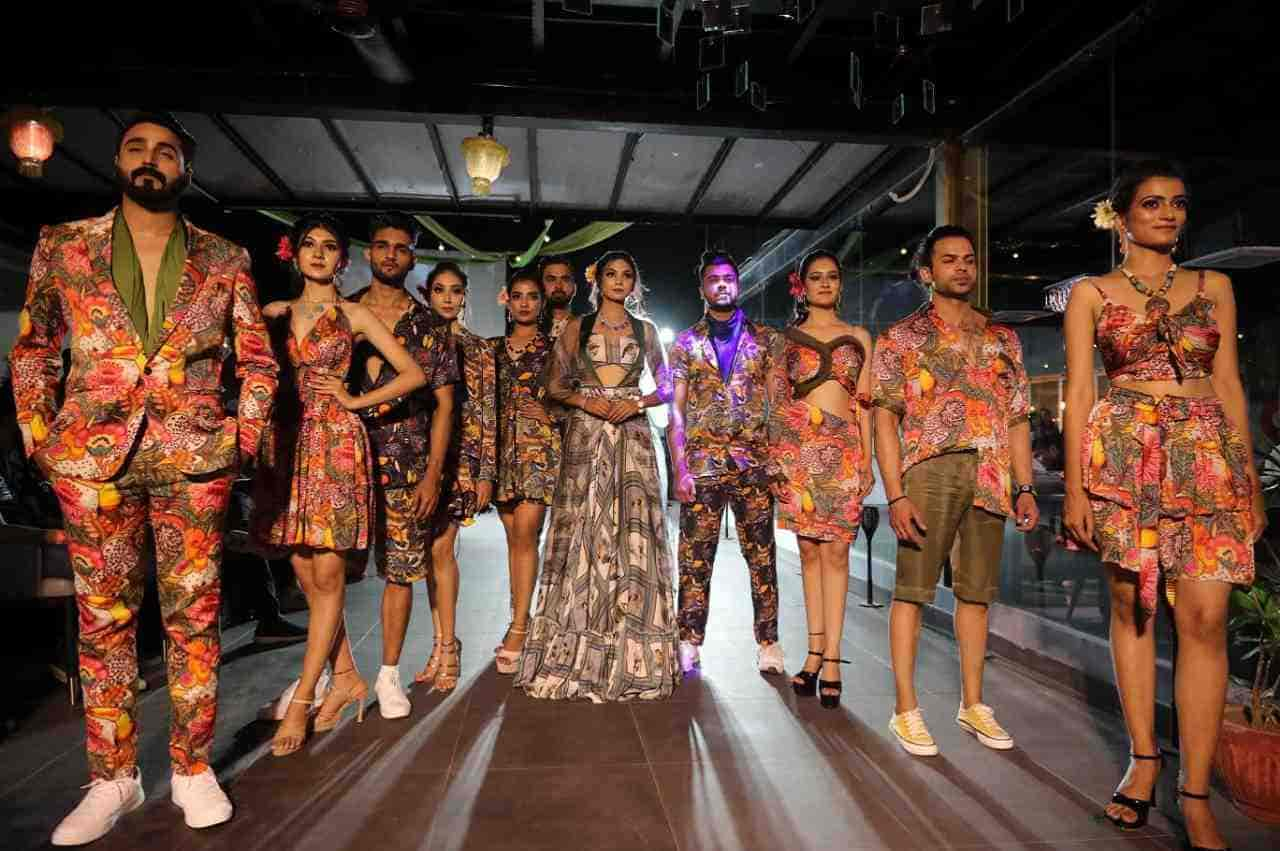


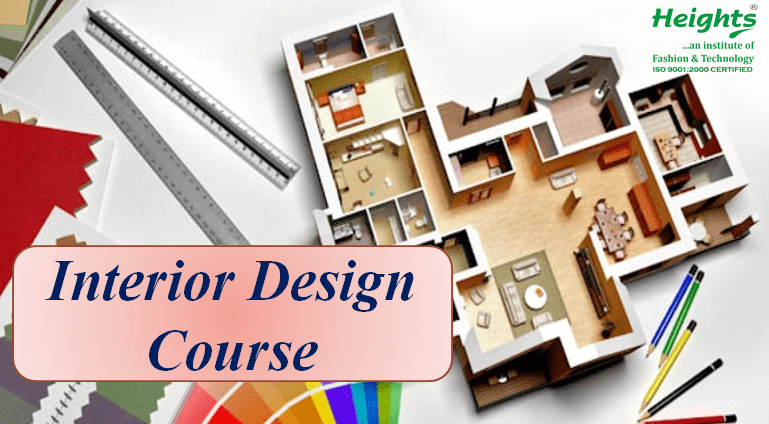
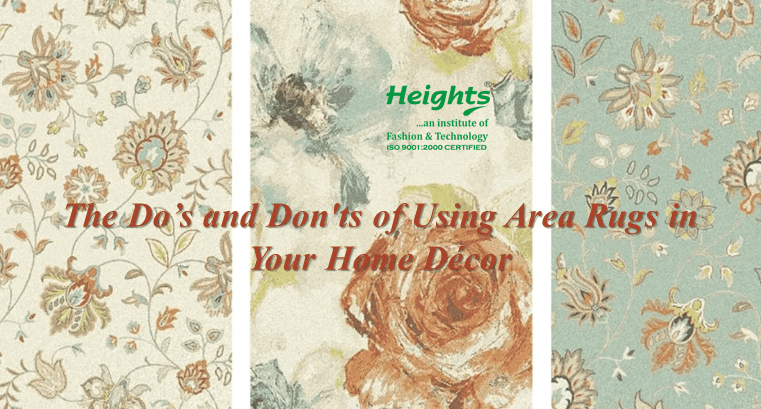
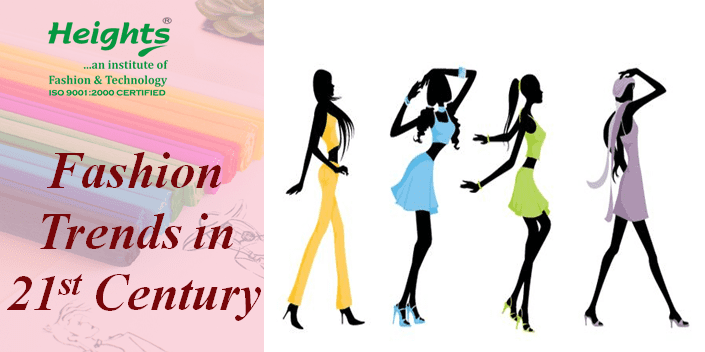
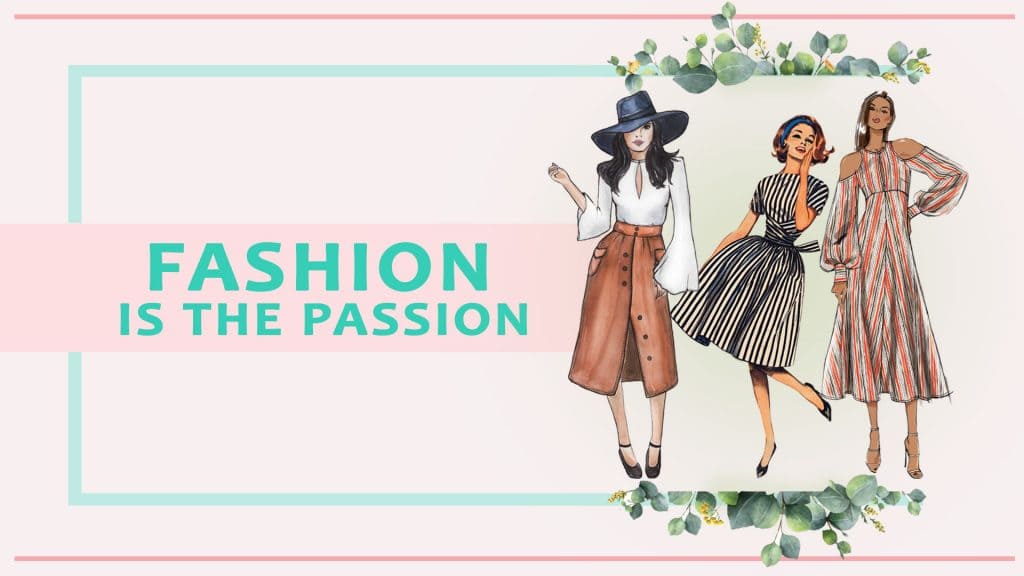

.jpg)
